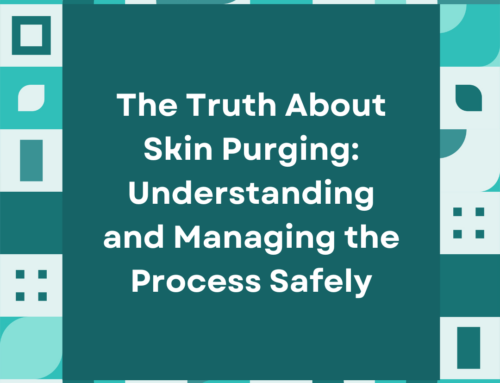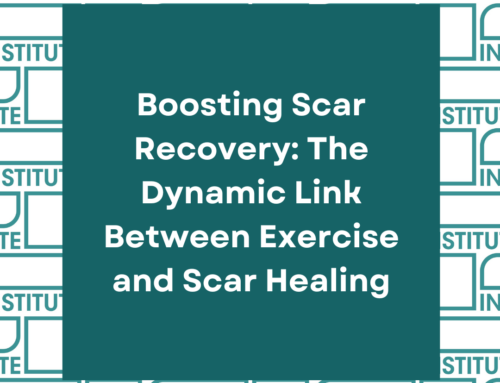Whether it is from surgery, injury, or acne – all scars tell a story of resilience. However, exposing scarred skin to the sun comes with its own set of rules.
Sunlight, while essential for various biological processes within the human body, can also pose challenges for healing skin, especially skin that is scarred.
In this comprehensive guide, we’ll delve into the dos and don’ts of sun exposure for scarred skin, empowering you to enjoy the sunshine responsibly.
The Do’s of Skincare Under The Sun:
Sunscreen is Your Shield:
- Prioritize sunscreen as your daily armor. Opt for a broad-spectrum SPF of at least 30 and ensure it protects against UVA and UVB rays. Apply generously and reapply every two hours, especially if you’re outdoors or sweating.
Choose the Right Sunscreen:
- Look for sunscreens with additional healing ingredients such as vitamin E, aloe vera, or niacinamide. These ingredients not only protect but also nourish and support your scarred skin’s recovery.
Seek Shade During Peak Hours:
- Schedule outdoor activities before 10 AM or after 4 PM to avoid the sun’s peak intensity. Shade provides an extra layer of defense, reducing the direct impact of UV rays on your healing skin.
Wear Protective Clothing:
- Invest in light, breathable clothing that covers your scars. A wide-brimmed hat and sunglasses are stylish additions that provide extra protection for your face and delicate areas.
Stay Hydrated:
- Proper hydration promotes skin health. Drinking ample water supports your skin’s natural ability to recover from scars and enhances its resilience against sun damage.
The Don’ts of Skincare Under The Sun:
Avoid Prolonged Sun Exposure:
- Limit the time spent in direct sunlight, especially during the initial stages of scar healing. Prolonged exposure can hinder the natural recovery process and exacerbate discoloration.
Say No to Tanning Beds:
- Tanning beds may seem tempting, but they pose similar risks as natural sunlight. They can lead to hyperpigmentation and compromise the texture of healing scars.
Skip Sunscreen Application:
- Never underestimate the power of sunscreen. Skipping this crucial step exposes your scarred skin to harmful UV radiation, hindering the healing process and potentially causing long-term damage.
Overlook Scar-specific Care:
- Different scars require different levels of protection. Surgical scars, for example, may need extra attention during the initial healing phase. Consult with your dermatologist or scar-healing expert like those at SHI to tailor your sun protection routine to your specific scar type.
Neglect Regular Skin Checks:
- Monitor your scarred skin regularly for any signs of changes or abnormalities. Any unusual developments, such as increased redness or irritation, should be promptly reported to your healthcare professional.
Embracing the sun while supporting the healing journey of your scarred skin requires a balanced approach.
By following these do’s and dont’s, you’ll not only safeguard your skin from the sun’s potentially harmful effects but also contribute to the optimal healing and fading of scars.
Remember, a sun-smart strategy is a key element in achieving radiant, healthy skin that tells the story of resilience and triumph.
Get in touch with us at Scar Healing Institute for Skincare in Los Angeles to figure out a proper skincare plan for your daily skin routine.
Schedule an Appointment
Scar Healing Institute
Scar Healing Institute is committed to developing the most effective treatments for scarring. Our team of scar revision specialists are continually inventing the latest technologies and formulas to deliver the best results for our patients.




